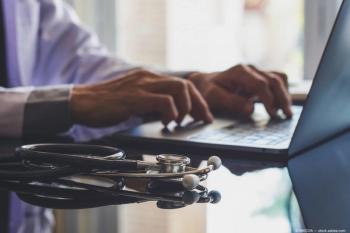
Element of the virus responsible for inflammation in viral keratoconjunctivitis isolated
Researchers in the Howe Laboratory, Department of Ophthalmology of the Massachusetts Eye and Ear Infirmary and Harvard Medical School, and in the University of Oklahoma Health Sciences Center, have used a novel model to determine what part of the virus is responsible for the inflammation in viral keratoconjunctivitis
Researchers in the Howe Laboratory, Department of Ophthalmology of the Massachusetts Eye and Ear Infirmary and Harvard Medical School, and in the University of Oklahoma Health Sciences Center, have used a novel model to determine what part of the virus is responsible for the inflammation in viral keratoconjunctivitis.
Using a unique mouse model of adenovirus keratitis, Dr Chodosh and his team studied the role of viral components in the cornea to determine which viral part(s) induce an innate immune response. The authors found that neither viral DNA nor viral gene expression was necessary for inflammation. In contrast, viral capsid, the protein coat of the virus, induced inflammation similar to intact virus. Mice lacking the toll-like receptor 9 molecule, which acts as a pathogen DNA-sensing molecule within the cell, developed clinical inflammation upon adenovirus infection similar to wild type mice. Virus associated inflammation in the mouse cornea could be blocked by a treatment with a peptide containing components of the adenoviral capsid. Adenovirus infection of the cornea induces inflammation principally through contact between the viral capsid and the host cell.
Newsletter
Get the essential updates shaping the future of pharma manufacturing and compliance—subscribe today to Pharmaceutical Technology and never miss a breakthrough.













































